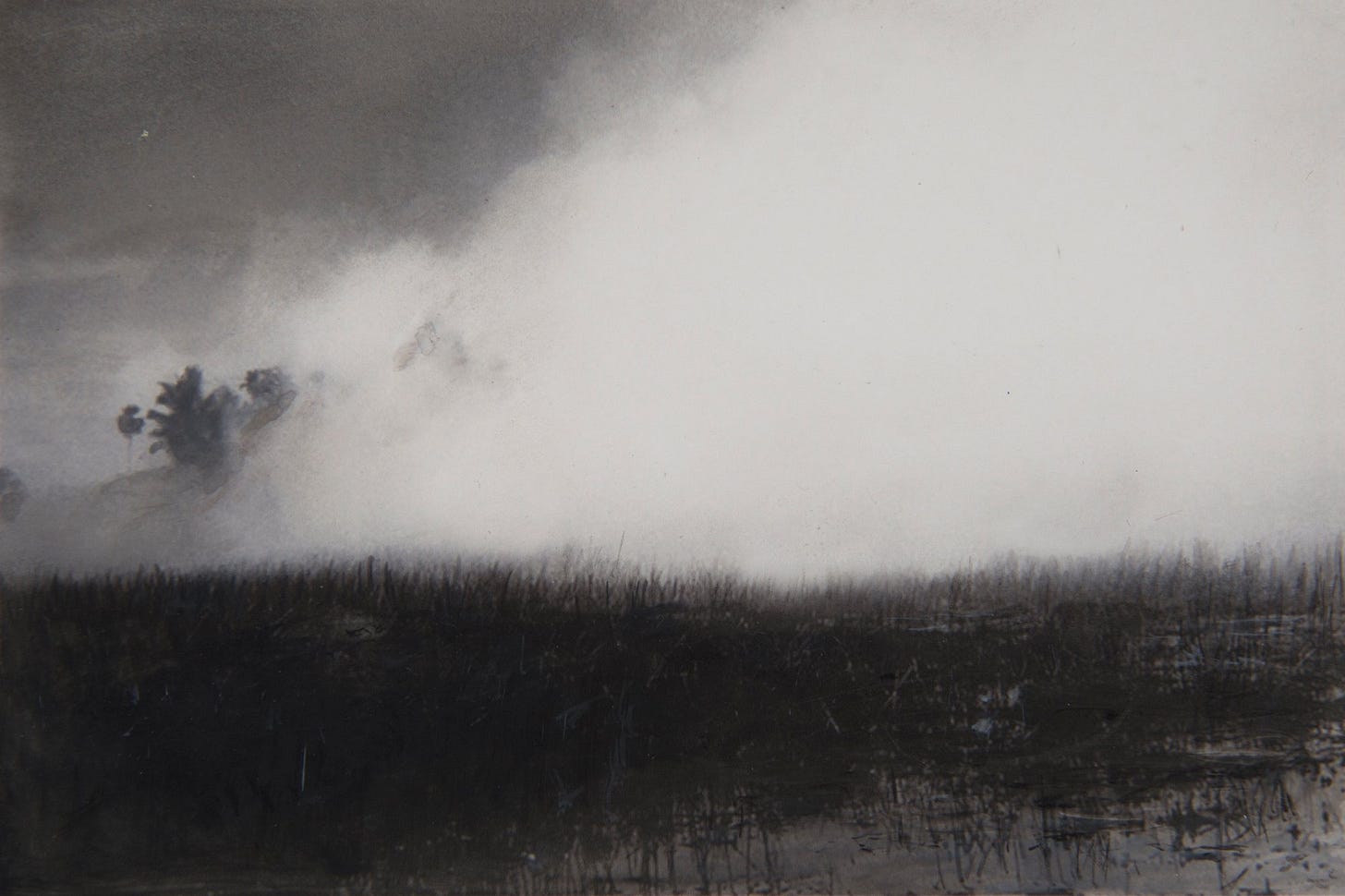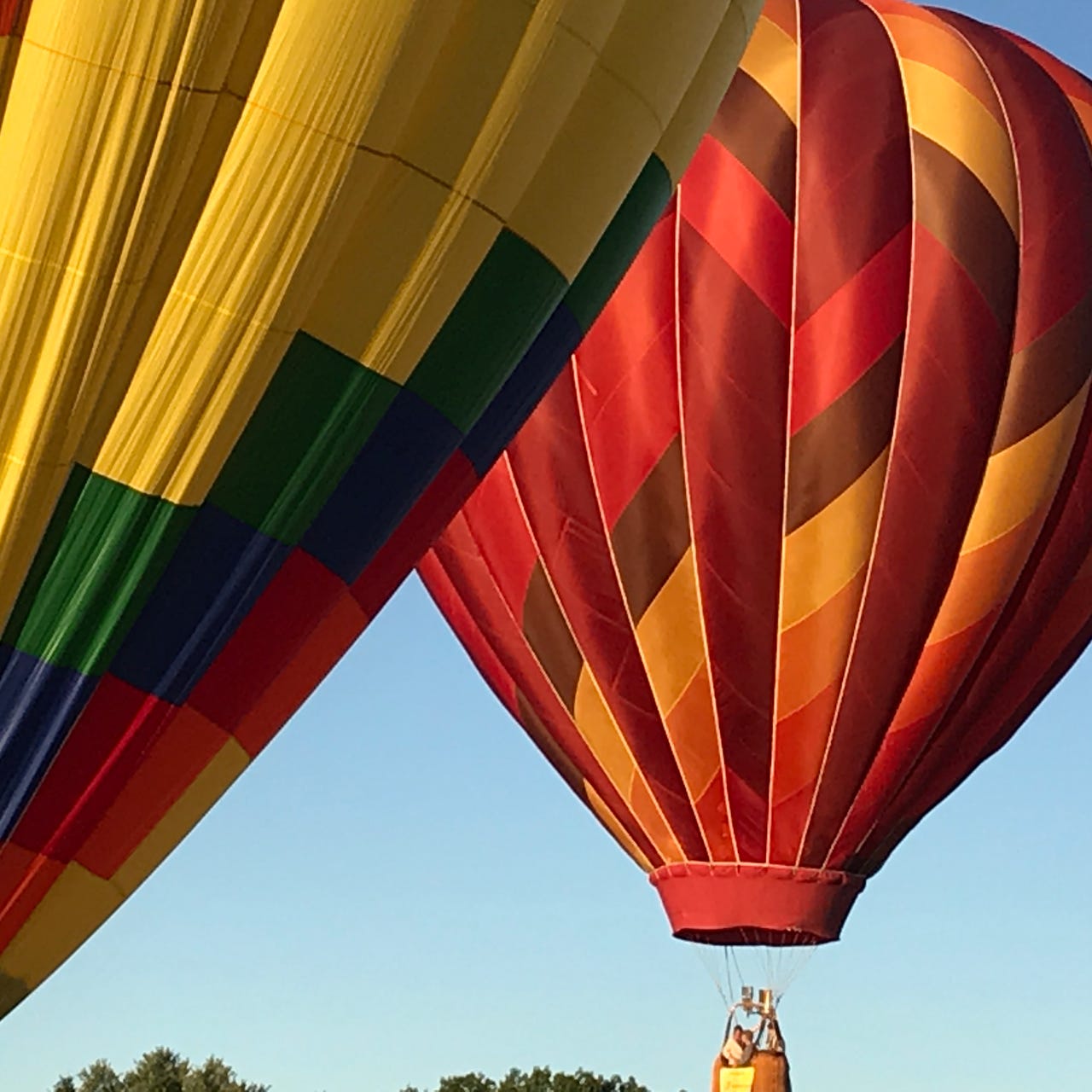Close Encounters with Art
When I was small, I loved Amahl and the Night Visitors, the opera by Gian Carlo Menotti that was featured on television every year during the Christmas season. A little boy, awake in the middle of the night, sees the Magi, the three kings, approaching his house in a cloud of frankincense and myrrh en route to visiting the newborn Christ child. He runs to his mother to share his vision, but she thinks it’s fake news, so his epiphany belongs to him alone. The opera was commissioned for television by NBC and was only one act long so it wasn’t a slog for me to sit through. I can actually remember some of the music and the frisson of crossing a boundary as a Jewish child, pretending to be someone I was not in this annual high-minded invitation into Christmas, into the majority culture.
The Epiphany with an uppercase E, commemorating the visit of the gift-bearing kings, is celebrated on Twelfth Night, January 6th. The word Epiphany, from the Greek, means manifestation. Not for nothing, since the middle of the last century when I was watching the Menotti opera, has the official Electoral College vote count in Washington taken place every four years on the 6th of January, now a dark shadow on the civic calendar. This manifestation is revealed on the 6th irrespective of the date of the election. Something is manifested and probably nothing good. Misogyny? Racism? Greed? At the very least, the coincidence of the vote count with the religious observance must have rich resonance for conspiracy theorists.

The kings of antiquity, laden with gold and aromatic resins, and their equivalent contemporary Musks and Bezi weighed down by campaign contributions when they’re not vaulting into outer space, are on my mind today. I am breathing a little more freely after the bullet-dodging election results last night. Still we all know the oppression and the suffering continue. Recently, I saw the Botticelli show at the Minneapolis Institute of Art featuring the Renaissance master’s Adoration of the Magi. This remarkable canvas from the 1470s introduces us to a maga mob of well-wishers including the three kings crowding and clamoring around Mary and the baby Jesus. Everyone wants a piece of him. Each of the personae features the likeness of one of the Medici, the Florentine one-percenters of their day. They’re clothed in deep red and purple raiments and contemptuous, self-important mannerisms. The conflation of the political and the religious power players could not be more explicit. At the far right of the painting, someone dressed in a neutral color and wearing the head of Botticelli himself looks at us over his shoulder with a jaundiced expression as if to say “It’s the money, stupid. They’re only in it to line their pockets. They follow their own star. Look for spirit elsewhere.”
Sure enough in an adjoining gallery, I discover the work of Teo Nguyen, an American born in Vietnam, whose work is centered on lifting the landscape of his homeland out of the wounding of war. Each of his photo-realist paintings depicts peaceful, empty terrain that was once filled with wreckage and soaked in blood the color of a Florentine aristocrat’s robes. Nguyen offers a different Vietnam. His process involves re-purposing archival photographs as acrylic paintings and excising the “soldiers, the violence, the victims, and the machinery of war.” He invites us to practice peace as we look at these spacious, contemplative canvases that explore an aspect of reality usually overshadowed by grasping and savagery. He’s not asking us to pretend the violence didn’t take place. He’s asking us to entertain a larger perspective on what happened in his country, one that understands how the land carries the suffering and how the Vietnamese people are more than what was done to them.
Art can do that. It can uncover the venality of the exploiters in deep carmine and drain the battlefields into gray afterimages. It can also hang on the walls of museums in Paris and Berlin and await the advent of mashed potatoes and tomato soup. It’s striking to hear the two sides in the debate swirling around the climate activism taking place where great art is on display in Europe. Both claim that their side has “an obligation to future generations.” The position of the curators is that by keeping food off the Monets and van Goghs, they are preserving our cultural heritage. The position of the activists is that without their drawing attention to the already-in-progress climate catastrophe, the planet will perish and there will be no more art.
So much to first feel and so much to think about. All this uncertainty and ambiguity lies at the core of art’s mission. We have a sacred opportunity to see the canvas filled and then emptied out, to have one epiphany followed by another.
Copies of my 2019 essay collection, Twilight Time: Aging in Amazement, are available directly from me (signed) or from Amazon or your local bookseller.




I guess you can tell I'm excited to have access to all this world-class art now that I'm in the Twin Cities. I'm sort of bubbling over. Also.....art is an antidote to the 24/7 media assault. It unfolds on another planet.
I think the commercial onslaught is the hardest part for me.